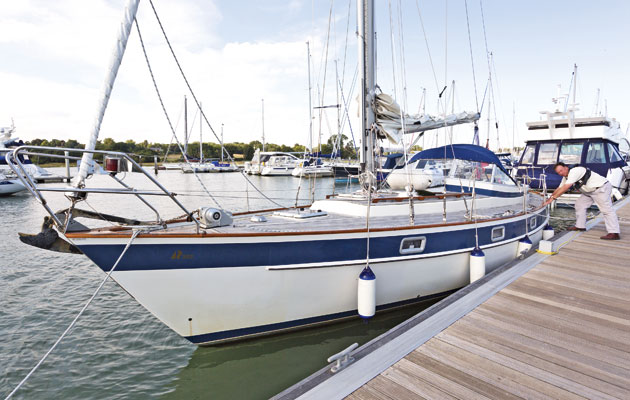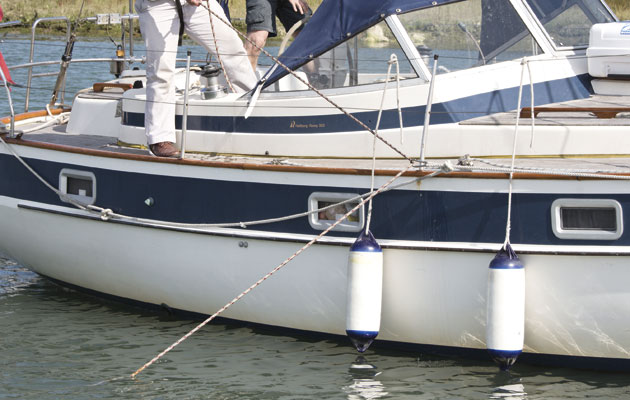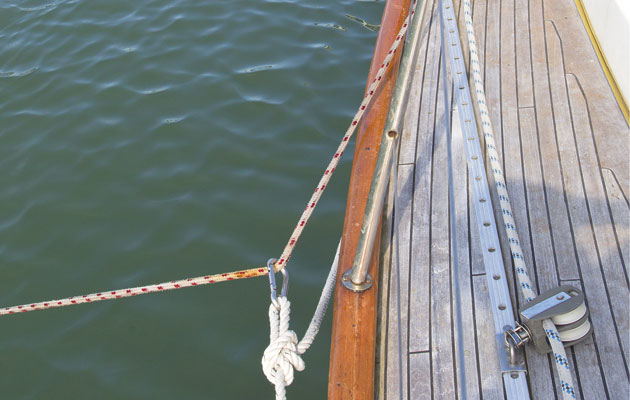If you're alongside a leeward harbour wall and the fenders are on the verge of popping, use a kedge anchor to haul her up to windward, says Duncan Wells
Hold her off a dock with a kedge anchor
The technique of ‘kedging off’ gives the spare anchor, the kedge anchor, its name. There are two main uses.
If you’re lying alongside a harbour wall with a degree of swell giving the fenders a workout, you can pull yourself off the wall a few feet to make things a lot more comfortable.
If you have run aground on a sandbank, you can dinghy out an anchor to a point in deeper water. Pulling against this, you should be able to winch yourself off. Or, if you’re hard aground at the edge of a river or channel, you can set it it the shallows and run the kedge cable through a block on a halyard and winch the cable to make sure you heel in the right direction – you don’t want to heel down the slope.
Here we’ll look at the first instance. As you’ll see, it does create something of a no-go zone to windward as boats will need to steer well clear of the kedge cable, so it might be worth having a word with the harbourmaster first, to see if you can set your kedge to windward without creating a hazard, or – even better – get moved to a more comfortable berth.

If you’re being battered against a leeward harbour wall, you can set a kedge, haul yourself to windward and give the fenders a break













